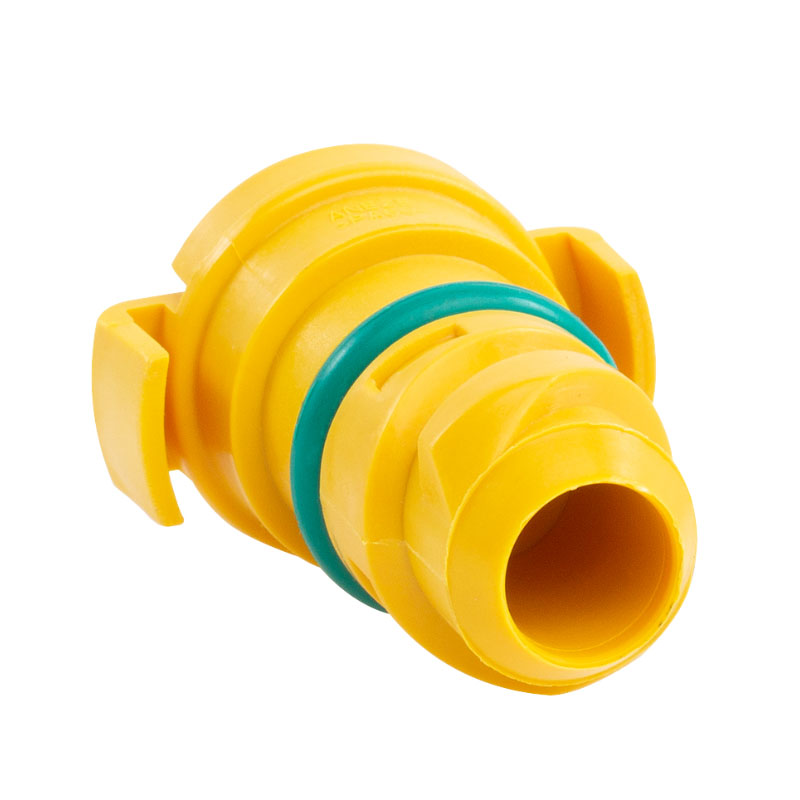Understanding O-Ring Face Seals for Effective Fluid Containment and Sealing Solutions
The Role of O-Ring Face Seals in Modern Engineering
In contemporary engineering, the need for reliable sealing solutions cannot be overstated. Among various sealing technologies, the O-ring face seal has emerged as a prominent choice, renowned for its effectiveness in preventing leakage in various applications. This article explores the significance, functionality, and advantages of O-ring face seals in modern mechanical systems.
The Role of O-Ring Face Seals in Modern Engineering
One of the primary benefits of O-ring face seals is their ability to handle a wide range of fluids and gases, including harsh chemicals and high-temperature substances. The choice of elastomer for the O-ring, whether it be nitrile, fluorocarbon, or silicone, enables the seal to withstand various environmental conditions, ensuring reliability in demanding applications. This versatility minimizes the risk of leakage, which can lead to significant operational downtime and safety hazards.
o ring face seal

Additionally, O-ring face seals achieve superior sealing performance due to their simple yet effective design. The seal can be easily installed and replaced, which translates to reduced maintenance time and costs. Engineers appreciate the straightforward installation process, as it does not require specialized tools or extensive training. This accessibility is particularly advantageous in industries where quick maintenance and efficiency are critical.
When it comes to sustainability, O-ring face seals also hold an edge. By minimizing leaks, these seals help in reducing waste and conserving resources. In industries where materials can be costly or harmful to the environment, ensuring a tight seal is vital. Additionally, the longevity of high-quality O-ring seals reduces the frequency of replacements, which in turn lowers the environmental impact associated with manufacturing new sealing components.
However, it's essential to note that the effectiveness of O-ring face seals is contingent upon proper design and material selection. Factors such as pressure, temperature, and the characteristics of the fluid being sealed should all be taken into consideration to ensure optimal performance. Engineers must also account for the possibility of wear and degradation over time, necessitating occasional inspections and maintenance.
In conclusion, O-ring face seals represent a critical component in modern engineering, providing effective, reliable, and versatile sealing solutions across various industries. Their ability to withstand diverse conditions, ease of installation, and contribution to sustainability make them a preferred choice among engineers. As technology continues to evolve, the development of advanced materials and designs is poised to further enhance the capabilities of O-ring face seals, solidifying their place in the future of mechanical sealing applications.
-
The Ultimate Guide to Boat Propeller Bearings and Trailer Wheel Bearings
News Jul.31,2025
-
The Essential Guide to Marine Bearings and Boat Trailer Wheel Bearings
News Jul.31,2025
-
The Complete Guide to Heavy Duty Seals: Protecting Doors and Spaces Efficiently
News Jul.31,2025
-
Essential Guide to Marine Shaft Bearings and Boat Trailer Axle Bearings
News Jul.31,2025
-
Comprehensive Guide to Marine and Trailer Bearings for Safe Boating and Transport
News Jul.31,2025
-
Comprehensive Guide to Automotive Oil Seals: Protecting Your Engine and Shafts
News Jul.31,2025
-
Understanding Automotive Oil Seals: Essential Components for Engine and Shaft Protection
News Jul.30,2025
Products categories















